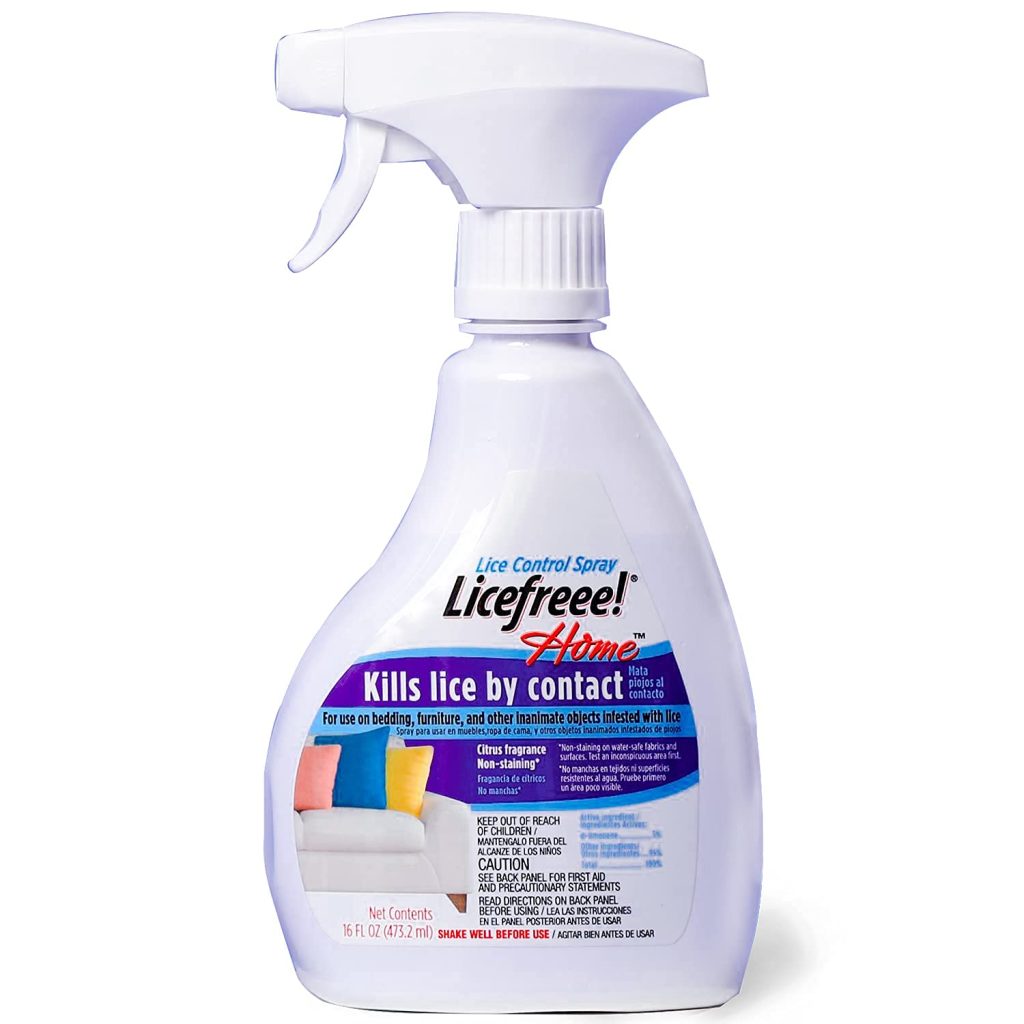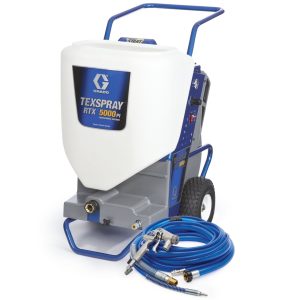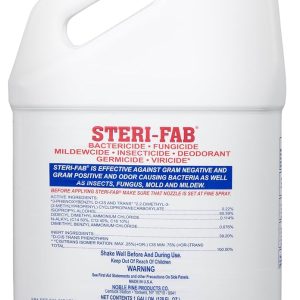
Dealing with a lice infestation extends beyond treating affected individuals—it requires comprehensive environmental treatment including furniture, bedding, and upholstery. Lice spray for furniture represents a crucial component in breaking the cycle of reinfestation and ensuring complete elimination of these persistent parasites from your living space.
While head lice primarily live on human scalps, they can temporarily survive on furniture and fabrics, creating potential sources of reinfestation. Understanding how to properly select and apply lice spray for furniture can mean the difference between successful treatment and ongoing struggles with these unwelcome guests.
Understanding Lice Survival on Furniture
Lice spray for furniture becomes necessary because these parasites can survive on non-living surfaces for limited periods. Head lice can survive for 24-48 hours on furniture without a human host, making furniture treatment an essential step in comprehensive lice management.
The survival timeframe creates a critical window where lice spray for furniture must be applied effectively. Without a host to feed on, head lice will die within 24 to 48 hours, but during this period, they remain capable of reinfesting anyone who comes into contact with contaminated surfaces.
Different furniture materials affect lice survival rates differently. Upholstered furniture with fabric fibers provides temporary hiding spots for lice, while smooth surfaces like leather or vinyl offer less protection. This variation influences the type of lice spray for furniture needed and application frequency required for different surfaces.
Key Furniture Areas Requiring Treatment:
- Upholstered sofas and chairs
- Mattresses and box springs
- Pillows and cushions
- Carpeted areas
- Car seats and fabric car interiors
- Stuffed animals and toys
Types of Lice Spray for Furniture
Commercial Lice Sprays
Professional lice spray for furniture products contain active ingredients specifically formulated to kill lice and their eggs on contact. Products like Licefreee Home Control Spray feature natural orange peel oil for lice removal on non-washable surfaces, offering effective treatment without harsh chemicals.
Sterifab is one of the only effective lice-killing products that is odor-free, non-residual and approved for use on fabrics, making it a preferred choice for furniture treatment. These commercial options provide immediate results and are specifically designed for safe use on household surfaces.
Popular Commercial Options:
- Licefreee Home Control Spray – Natural orange peel oil formula
- Sterifab – Odor-free, fabric-safe formula
- Nix Lice Killing Spray – Permethrin-based formula for extended protection
- Lice Defense Spray – Exterminator-approved treatment
Natural and DIY Alternatives
For those preferring natural approaches, several lice spray for furniture alternatives exist using common household items. Natural remedies like tea tree oil can help repel lice, though their effectiveness varies compared to commercial products.
Essential oil-based sprays combine tea tree oil, eucalyptus, or peppermint with water and mild soap to create repellent properties. While these natural lice spray for furniture options are gentler on fabrics and safer around children, they typically require more frequent application and may not eliminate all lice stages.
Natural Spray Recipe:
- 2 cups water
- 10-15 drops tea tree oil
- 5 drops eucalyptus oil
- 1 tablespoon mild liquid soap
Application Methods for Maximum Effectiveness
Pre-Treatment Preparation
Before applying lice spray for furniture, thorough preparation ensures optimal results. Remove all loose items from furniture surfaces, including pillows, throws, and decorative elements. Vacuum upholstered surfaces thoroughly to remove loose hairs and debris that might harbor lice or nits.
Test the lice spray for furniture on an inconspicuous area first to check for potential fabric damage or discoloration. Different fabrics react differently to treatment products, and this preliminary test prevents widespread damage to valuable furniture pieces.
Proper Application Technique
Hold the lice spray for furniture 6-8 inches from the surface and apply in even, overlapping strokes. Pay special attention to seams, crevices, and areas where fabric meets frame, as these locations provide ideal hiding spots for lice.
Nix® Lice Killing Spray kills lice and bedbugs for up to 4 weeks, but proper application technique determines treatment success. Saturate the surface without soaking, allowing the product to penetrate fabric fibers while avoiding oversaturation that could damage furniture.
Application Steps:
- Shake the lice spray for furniture bottle thoroughly
- Hold 6-8 inches from surface
- Apply in even, systematic patterns
- Focus on seams and crevices
- Allow proper drying time
- Ventilate area during application
Safety Considerations
User Safety Recommendations: Wear long-sleeved shirt and long pants, socks and shoes. User should wash hands before eating, drinking when applying lice spray for furniture. Proper ventilation is essential during application to prevent inhalation of product vapors.
Remove children and pets from the treatment area during application and drying periods. Most lice spray for furniture products require surfaces to dry completely before normal use can resume, typically 2-4 hours depending on the product and environmental conditions.
Specific Furniture Treatment Protocols
Upholstered Furniture
Sofas, chairs, and other upholstered furniture require systematic lice spray for furniture treatment due to their complex fabric structures. Without access to a human host and a blood meal, lice typically cannot survive for more than 24-48 hours on upholstered furniture, but thorough treatment ensures complete elimination.
Remove all cushions and treat both the main furniture piece and individual cushions separately. Apply lice spray for furniture to all exposed fabric surfaces, including undersides of cushions where lice might hide.
Treatment Process:
- Remove and separate all cushions
- Vacuum all surfaces thoroughly
- Apply lice spray for furniture to main piece
- Treat individual cushions on all sides
- Allow complete drying before reassembly
Mattresses and Bedding
Mattresses present unique challenges for lice spray for furniture application due to their size and construction. Focus treatment on the head area of the mattress where lice are most likely to be found, extending coverage to the entire surface for comprehensive treatment.
Strip all bedding and wash in hot water (130°F or higher) while treating the mattress with lice spray for furniture. Box springs also require treatment, particularly in crevices and along the frame where fabric meets wood or metal.
Carpeted Areas
While carpets aren’t technically furniture, they require similar treatment protocols with lice spray for furniture products. Vacuuming is the safest and best way to remove the lice or fallen hairs with attached eggs from upholstered furniture, rugs, stuffed animals and cars.
Focus lice spray for furniture application on high-traffic carpet areas and locations where affected individuals frequently sat or lay. Pay particular attention to areas around beds, favorite sitting spots, and children’s play areas.
Alternative Treatment Methods
Heat Treatment
Heat represents one of the most effective alternatives to lice spray for furniture for items that can withstand high temperatures. Hot water and high heat drying kill lice on washable items, making this method ideal for removable fabric covers and small furniture accessories.
Steam cleaning provides another heat-based alternative to lice spray for furniture, penetrating deep into fabric fibers to eliminate lice and nits. Professional steam cleaning equipment reaches temperatures sufficient to kill all lice life stages while being gentler on fabrics than some chemical treatments.
Isolation and Time
Given that lice cannot survive long without a human host, isolation represents a chemical-free alternative to lice spray for furniture. Head lice at school, for example, all die over the weekend without having to pay special attention to how to treat furniture for lice.
Items that cannot be treated with lice spray for furniture can be sealed in plastic bags for 2-3 days, ensuring any lice present die from lack of food. This method works particularly well for stuffed animals, pillows, and other items that might be damaged by chemical treatments.
Prevention Strategies
Regular Maintenance
Preventing lice infestations eliminates the need for lice spray for furniture treatments. Prevent future infestations through regular cleaning and maintenance of furniture and bedding.
Vacuum upholstered furniture weekly, paying attention to seams and crevices where lice might hide. Wash removable fabric covers monthly in hot water, and consider using preventive lice spray for furniture treatments during high-risk periods.
Environmental Controls
Maintaining clean, organized living spaces reduces lice survival opportunities and minimizes the need for lice spray for furniture applications. Regular cleaning disrupts potential lice habitats and removes hair and debris that might support temporary lice survival.
Consider using terp spray as a complementary treatment for comprehensive pest control in your home environment. This natural deterrent can help create an environment less hospitable to various household pests, including lice.
Product Effectiveness Comparison
| Product Name | Active Ingredient | Kill Rate | Residual Effect | Fabric Safety |
|---|---|---|---|---|
| Licefreee Home | Orange Peel Oil | 99.9% | None | Excellent |
| Sterifab | Phenethyl Alcohol | 99.9% | None | Excellent |
| Nix Spray | Permethrin | 99.9% | 4 weeks | Good |
| Lice Defense | Natural Oils | 95% | 24 hours | Excellent |
Common Mistakes to Avoid
Over-Application
Many users apply excessive amounts of lice spray for furniture, believing more product equals better results. Over-application can damage fabrics, leave residues, and create unnecessary chemical exposure without improving effectiveness.
Use lice spray for furniture carefully to avoid damage by following manufacturer instructions precisely. Most products require only light, even coverage to achieve maximum effectiveness.
Inadequate Coverage
Conversely, insufficient lice spray for furniture application leaves untreated areas where lice can survive and cause reinfestation. Systematic application ensures complete coverage of all potentially affected surfaces.
Create a treatment plan that addresses all furniture pieces in affected rooms, not just obviously contaminated items. Lice can spread to adjacent furniture through normal household activities, making comprehensive treatment essential.
Timing Errors
Applying lice spray for furniture at the wrong time in the treatment cycle reduces effectiveness. Coordinate furniture treatment with individual lice treatments to break the reinfestation cycle completely.
Treat furniture immediately after discovering lice infestation, then repeat applications as recommended by product instructions. Don’t wait until after treating affected individuals, as this delay allows lice to establish new colonies on furniture.
Professional vs. DIY Treatment
When to Choose Professional Services
Severe infestations or valuable furniture pieces may require professional treatment rather than DIY lice spray for furniture application. Professional services have access to commercial-grade products and specialized equipment that ensures thorough treatment without furniture damage.
Professional treatments typically include comprehensive home assessment, customized treatment plans, and follow-up services to ensure complete elimination. They also carry insurance coverage for any accidental damage during treatment.
DIY Treatment Benefits
Most lice spray for furniture applications can be successfully completed by homeowners with proper preparation and product selection. DIY treatments offer immediate action capability and cost savings compared to professional services.
DIY approaches also provide greater control over product selection, allowing families to choose natural or chemical treatments based on personal preferences and sensitivity concerns.
Treatment Timeline and Follow-Up
Initial Treatment Phase
Begin lice spray for furniture treatment immediately upon discovering lice infestation. Complete initial treatment of all potentially affected furniture within 24 hours to prevent lice from establishing new colonies.
Monitor treated furniture for 48-72 hours after application, watching for any signs of surviving lice or treatment-related damage. Document treatment areas and dates for follow-up reference.
Follow-Up Applications
Most lice spray for furniture products require follow-up applications to catch any missed lice or newly hatched nits. Schedule follow-up treatments according to product instructions, typically 7-14 days after initial treatment.
Continue monitoring treated areas for 2-3 weeks after final treatment to ensure complete elimination. Any signs of continuing lice activity require immediate retreatment with lice spray for furniture.
Cost-Effectiveness Analysis
Product Pricing
Lice spray for furniture products range from $15-50 for commercial treatments, with coverage varying by product concentration and bottle size. Natural alternatives cost significantly less but may require more frequent applications.
Consider cost-per-treatment rather than initial purchase price when selecting lice spray for furniture products. More expensive products often provide better coverage and longer-lasting results, reducing overall treatment costs.
Long-Term Savings
Investing in quality lice spray for furniture prevents costly reinfestation cycles that require repeated treatments. Comprehensive initial treatment costs less than multiple partial treatments over extended periods.
Factor in potential costs of replacing furniture damaged by inadequate treatment or harsh chemicals when choosing lice spray for furniture products. Quality products protect furniture investment while eliminating lice effectively.
Environmental Impact Considerations
Chemical vs. Natural Options
Traditional lice spray for furniture products contain synthetic pesticides that may impact indoor air quality and environmental health. Natural alternatives offer safer options for families with chemical sensitivities or environmental concerns.
While straight household bleach is effective at killing lice, it should never be used on furniture due to fabric damage and safety concerns. Choose products specifically designed for furniture use to balance effectiveness with environmental responsibility.
Disposal and Cleanup
Proper disposal of lice spray for furniture containers and cleanup materials prevents environmental contamination. Follow local hazardous waste guidelines for chemical product disposal.
Clean application equipment thoroughly after use to prevent contamination of other household items. Store unused lice spray for furniture products safely away from children and pets according to label instructions.
Frequently Asked Questions
How long does lice spray for furniture take to work?
Most lice spray for furniture products work on contact, killing lice within minutes of application. However, complete treatment effectiveness requires proper coverage and drying time, typically 2-4 hours before furniture can be used normally.
Can I use regular bug spray as lice spray for furniture?
Regular insecticides are not recommended as lice spray for furniture because they’re not formulated for fabric use and may damage upholstery. Use only products specifically designed for lice treatment on furniture and bedding.
How often should I apply lice spray for furniture?
Initial lice spray for furniture treatment should be followed by a second application 7-14 days later to catch any newly hatched lice. Continue treatments as recommended by product instructions until complete elimination is achieved.
Is lice spray for furniture safe around children and pets?
Most lice spray for furniture products are safe when used according to instructions, but children and pets should be kept away during application and drying periods. Choose natural formulations if safety is a primary concern.
What furniture items need lice spray for furniture treatment?
All upholstered furniture, mattresses, pillows, carpets, and fabric car interiors in affected areas require lice spray for furniture treatment. Don’t overlook stuffed animals, throws, and other fabric items that may harbor lice.
Can lice spray for furniture prevent future infestations?
Some lice spray for furniture products provide residual protection against reinfestation, but prevention primarily depends on regular cleaning and avoiding contact with infested individuals. Use preventive treatments during high-risk periods.
Take action today to protect your home from lice infestations. Browse our selection of effective lice spray for furniture products and start your comprehensive treatment plan. Don’t let lice disrupt your family’s comfort and peace of mind.
For more information about complementary pest control solutions, visit our comprehensive source on lice spray for furniture treatments and prevention strategies.





